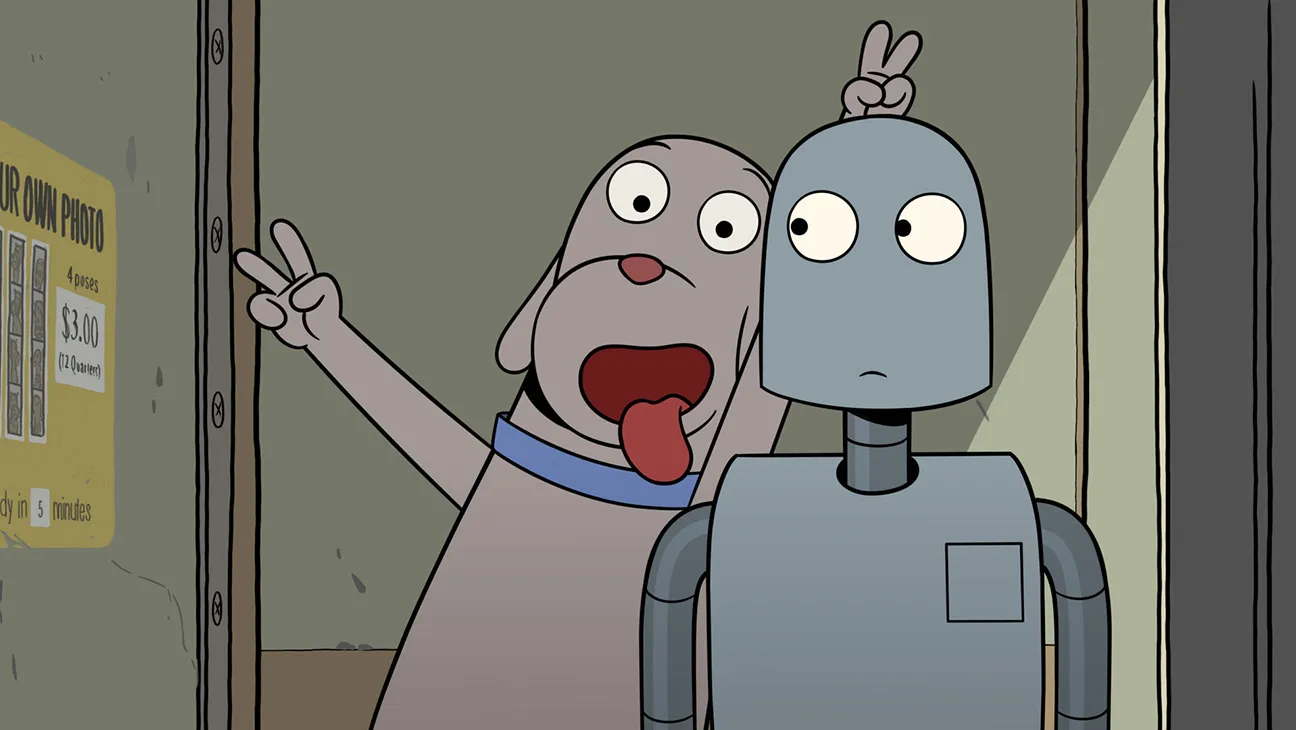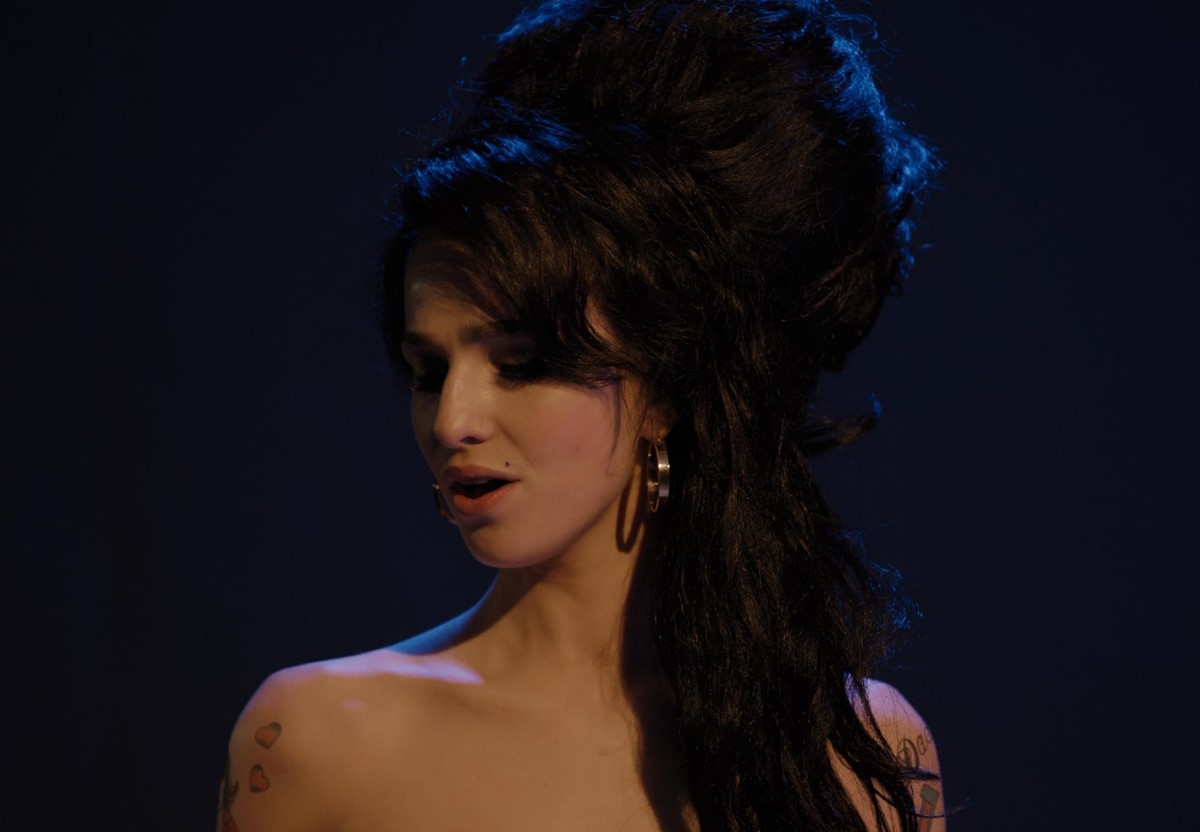by J. Hoberman
Barry Lyndon is the loveliest of Stanley Kubrick’s films. Indeed, it’s the one Kubrick movie that could even invite that adjective (or epithet).
Adapted from William Thackeray’s obscure first novel, Barry Lyndon is the saddest of swashbucklers and the most melancholy bodice-rippers. Kubrick visualizes the late eighteenth century as a death-haunted realm of perpetual summer. The verdant landscapes recall Constable and Watteau, but the idyll is haunted by inane military pageants; the architecture is majestic, but the grand empty spaces are inhabited by the narcissistic zombie likes of Ryan O’Neal and Marisa Berenson, mouthing elaborate formalities over delicately heaving bosoms.
As reconceived by Kubrick, Thackeray’s novel—itself a period piece, tracking the rise and fall of a fortune-seeking scoundrel—is a solemn picaresque. The action unfolds over twenty-five years, moving from Barry’s native Ireland to England to Germany, then making a stately about-face to England and ending back in Ireland. Where the novel’s originality lay in its unreliable first-person, Kubrick eliminated the hero’s voice—a not inappropriate strategy for a movie so fixated on human solitude—to make the omniscient narrator the warmest presence. Muting the novel’s satire while fashioning a three-hour movie from fewer than half its episodes, Kubrick was less concerned with Barn’s dubious character than with his world —and ultimately his condition.
Framed by duels and filled with betrayals, Barry Lyndon establishes its hero’s sense of grievance with scenes of British soldiers parading in the Irish fields and a smirking British captain making off with Barry’s flirtatious cousin. The young man seeks vengeance, gets packed off to Dublin, is waylaid on the road, and finds himself left with no choice but to enlist himself in the king’s army. Shock cut to the Seven Years War. (Although Barry Lyndon is only incidentally a combat film, the battle scenes are among Kubrick’s most futile. The brightly uniformed soldiers are simply mowed down as they march straight into enemy fire.) Barry deserts the British and is drafted by Prussians. He is recruited by the local secret police to spy on a gentleman gambler but, upon discovering that this rouged and bewigged French chevalier is an Irishman like himself, joins the charade.
Back in 1976, Barry Lyndon‘s most problematic aspect was its blatant stunt casting the equivalent today of using Leonardo DiCaprio and Kate Moss to anchor something like The Charterhouse of Parma. Still young and beautiful, O’Neal starts out as a ridiculously po-faced dullard and eventually “matures” into a stern-looking dolt. But Barry Lyndon is a movie that encourages the long view, and seen from the perspective of a quarter-century, the actor appears as a blank stand-in for himself, just a good-looking chess piece for Kubrick to maneuver around the board.
Full of professional self-regard, this emotional cipher comes into his own as a swaggering cardsharp working the candlelit courts of Saxony. There he meets and courts the married Lady Lyndon (supermodel Berenson, then declared by Elle “the most beautiful girl in the world”). Berenson speaks as little as possible. She’s a presence even more decorative and less expressive than O’Neal—who, in character as Thackeray’s shallow, social-climbing opportunist, told a reporter he found her “overbred” and “vacuous.” Her elegantly long, grave face provides a suitably foolish substitute for the imitation of inner life.
Barry Lyndon breaks for intermission with Lady Lyndon’s apoplectic husband suffering a fatal stroke; it resumes with her wedding to Barry and his usurping the late Lord Lyndon’s title. Where the movie’s first half offered a welter of absurd adventures, the second charts the overreaching hustler’s slow decline from the pinnacle of success—brought down by the emptiness of his achievements, the constraints of his wife’s position, and the lethal drawing-room manners of the English ruling classes. The mode presages The Shining‘s domestic apocalypse: the most violent scene has Barry busting up his wife’s harpsichord recital to tackle and thrash his insolent stepson.
Protocol thus broken, Barry Lyndon wends toward a gloomy conclusion, with Kubrick shamelessly milking the death of a child and brilliantly staging the last of the movie’s three duels. (Based on a single sentence in Kubrick’s screenplay, this remarkable scene takes nearly ten minutes.) With a final dance of death, Kubrick closes the parentheses. Summer ends, and so does the movie.
Barry Lyndon was in production for over two years, and to a large degree, the reception it received in December 1975 anticipated that accorded the unfinished Eyes Wide Shut. The ever perverse Kubrick had adapted an unknown literary classic, stocked it with celebrity stars, and worked in well-publicized secrecy over an extended period of time under security so tight, his studio barely knew what he was doing. Heralded by a worshipful Time cover story, the movie received notices ranging from the ecstatic to the brutally dismissive.
Unlike Eyes Wide Shut, however, Barry Lyndon could be considered Kubrick’s masterpiece. At the very least, this cerebral action film represents the height of his craft. Working for the last time outside the studio, the director shot entirely on location in England and Ireland, with a second-unit crew dispatched to East Germany. Kubrick undertook massive period research, even using actual period clothing, and the movie is a triumph of production design. The audio design is scarcely less busy, underscoring voice-over narration with all manner of exaggerated sound effects and near-constant baroque music. (According to the composer Leonard Rosenman, Kubrick was initially interested in obtaining the theme from The Godfather—which sheds another light on this profoundly eccentric filmmaker and his most eccentric project.)
Kubrick’s admirers were enchanted that after three highly unusual science-fiction films, the director decided to land a time machine on Planet Europe. (More than one compared Barry Lyndon‘s settings to the eighteenth-century room the astronaut inhabits in the last third of 2001.) Appropriately, Kubrick availed himself of sci-fi technology to evoke the past. He made extensive and graceful use of the then largely abused zoom, while thanks to a customized lens developed for NASA satellite photography, cinematographer John Alcott shot much of the movie under impossibly low levels of illumination—many scenes were lit entirely by candles. Others found Barry Lyndon too detached and overdetermined. In this, however, it was truer to its source than its detractors knew. Anne Thackeray introduced the republication of her father’s novel with the observation that it was “scarcely a book to like, but one to admire and to wonder at for its consummate power and mastery.”
So too this deeply forlorn movie. Barry Lyndon was born anomalous. In 1976, Harold Rosenberg damned it with faint praise, suggesting that the movies might make their “maximum contribution to culture” by following Kubrick’s lead in “recycling unread literature.” Of course, after a decade of adaptations from Jane Austen, Henry James, and Thomas Hardy, Kubrick’s oddest project seems twenty years ahead of its time. Barry Lyndon is the movie Miramax would most want to release, albeit polished by Tom Stoppard and cut by ninety minutes.
The Village Voice, April 19, 2000




